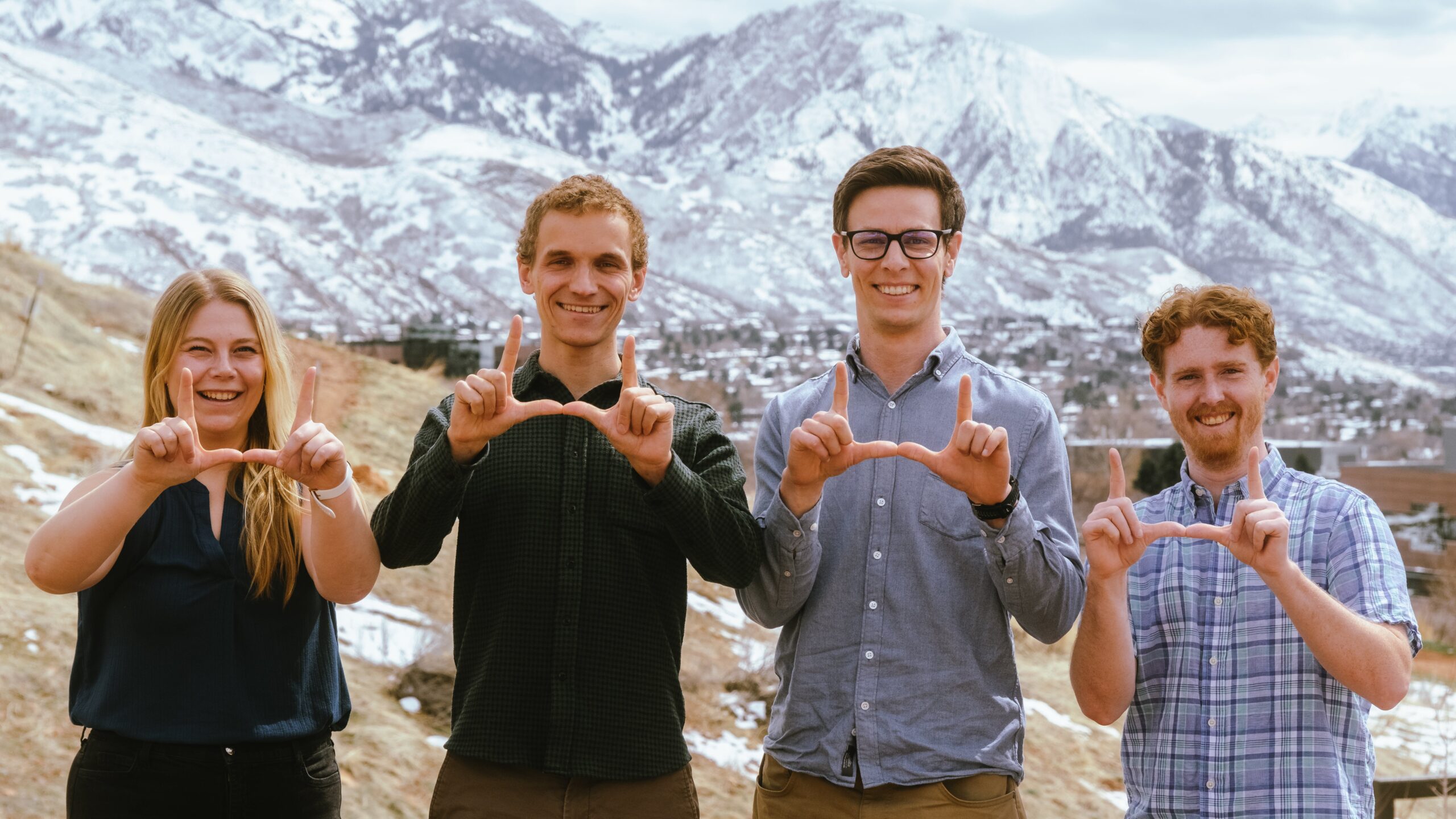
Director
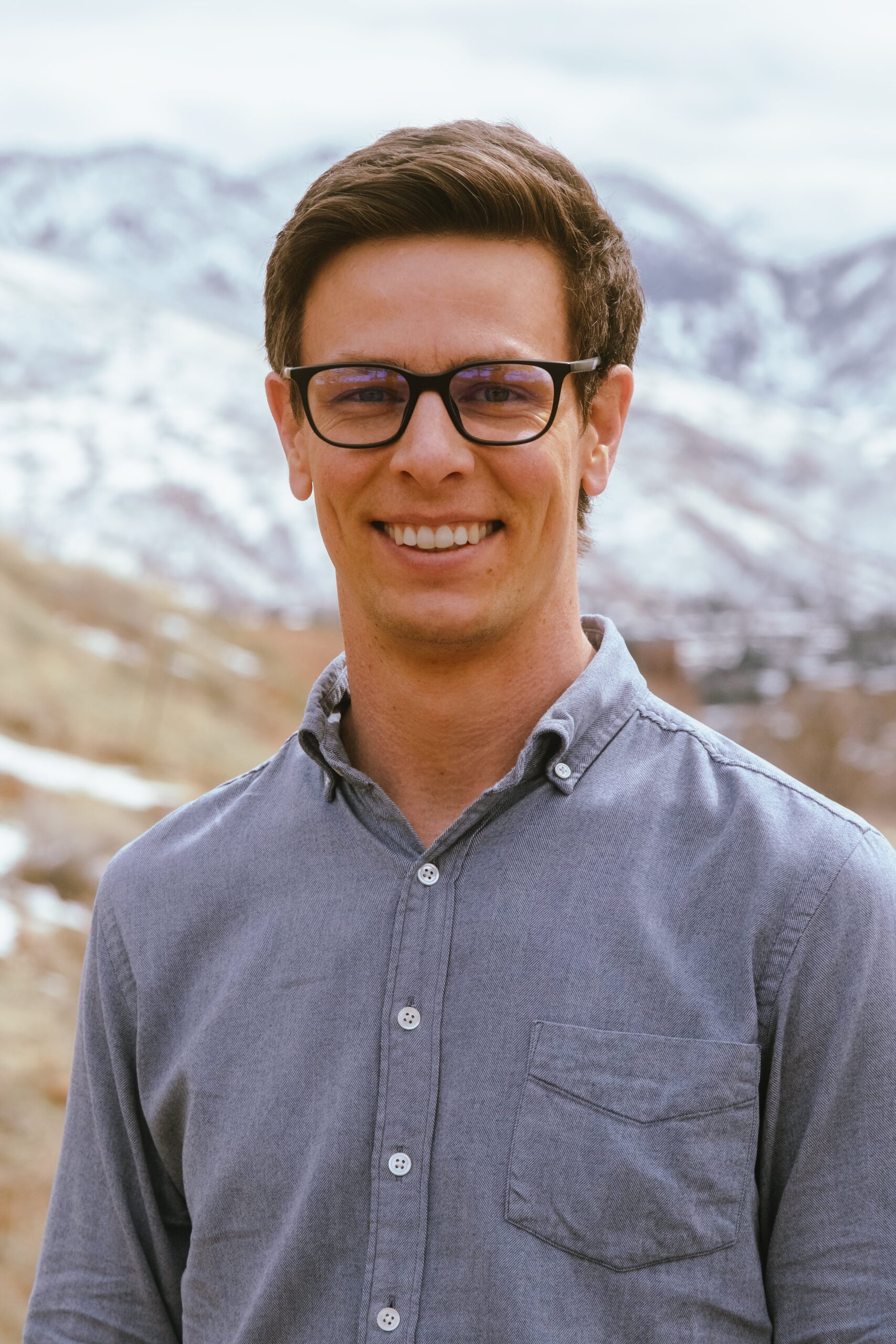
Scott Uhlrich
Assistant Professor, Mechanical Engineering
Director, Movement Bioengineering Laboratory
scott.uhlrich@utah.edu
Bio: Scott received his MS and PhD in Mechanical Engineering from Stanford University. After a postdoctoral fellowship in Bioengineering at Stanford, he became the Director of Research of the Stanford Human Performance Laboratory. Scott has designed and tested in clinical trials several wearable devices that reduce loading and pain in osteoarthritic knees. For this work, he received the Young Investigator Award from the Osteoarthritis Society International. Dr. Uhlrich also develops open-source computer vision and biomechanics software. One software package, called OpenCap, measures human movement dynamics from smartphone videos and is used by thousands of researchers worldwide. Prof. Uhlrich holds numerous patents and has founded a company to make his biomechanics software available to clinicians. Outside of research, he enjoys mountain biking, camping, and skiing with his family.
Research: I design tools that aim to reduce the risk of injuries (e.g., falls) and restore mobility for individuals with movement-related conditions, like osteoarthritis and neuromuscular diseases. I integrate neuromusculoskeletal simulation, experimental biomechanics, machine learning, computer vision, and mobile sensing to more deeply understand pathological movement and design scalable interventions. I am particularly interested in creating video-based biomarkers of movement health to inform precision rehabilitation and aid in the development of novel therapeutics. I also use biomechanical simulation to design wearable devices (e.g., haptic biofeedback, exoskeletons) that optimize movement and, for example, reduce joint pain. Finally, using musculoskeletal modeling and imaging (e.g., MRI), I study how musculoskeletal tissues remodel in response to mechanical stimuli.
Postdoctoral Fellow
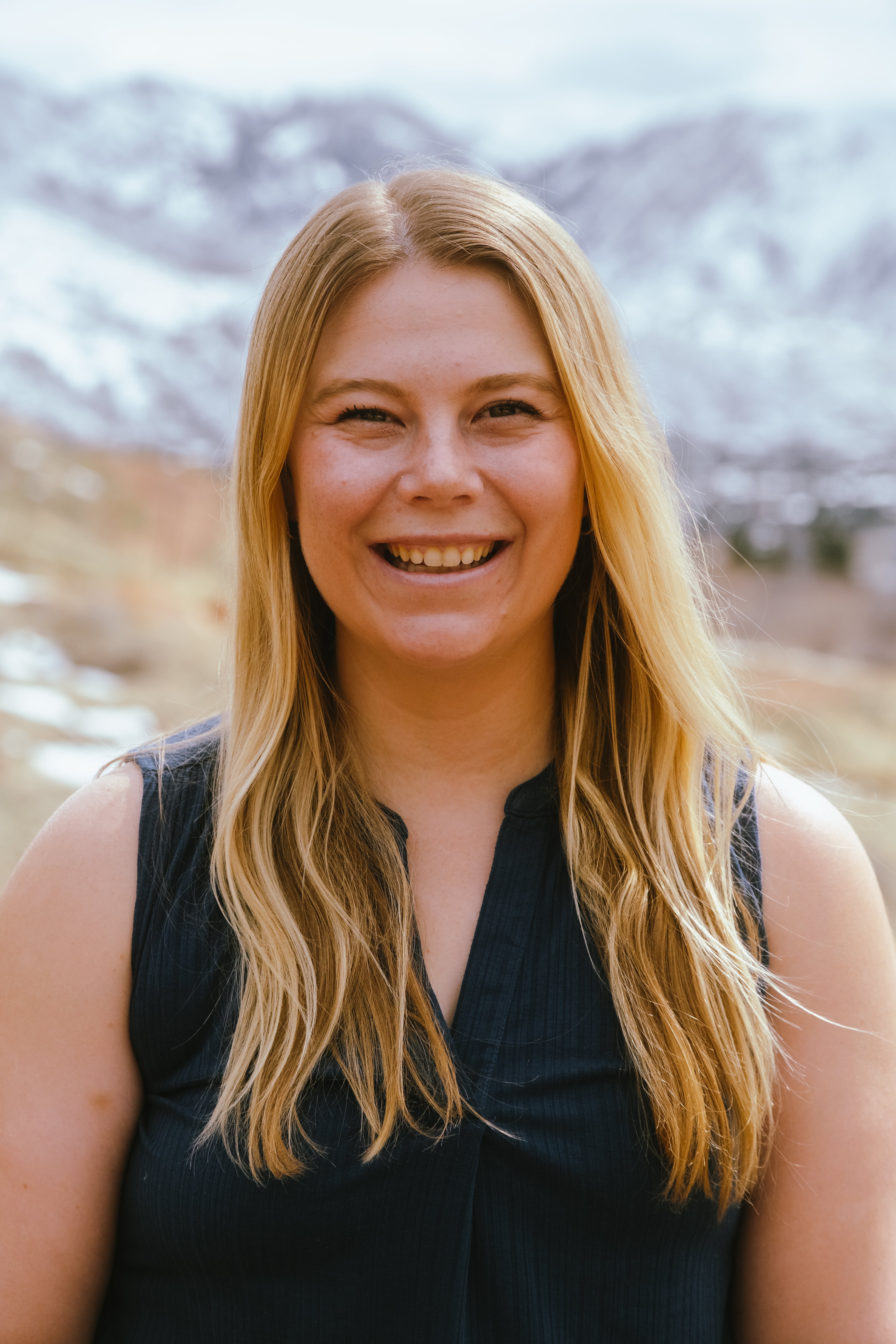
Emily Miller
Postdoctoral Fellow, Movement Bioengineering Lab
emily.y.miller@utah.edu
Bio: Emily earned her doctorate in Biomedical Engineering from the University of Colorado Boulder, where she conducted research in the Neu Soft Tissue Bioengineering Lab, and an M.S. in Biomedical Engineering from the University of Virginia, where she worked in the Multiscale Muscle Mechanophysiology Lab. Her research focuses on the biomechanics of soft tissues, particularly cartilage mechanics, and the progression of osteoarthritis (OA) following joint trauma such as anterior cruciate ligament (ACL) injuries. Her work has demonstrated that mechanical strains in cartilage serve as early indicators of degeneration, preceding structural changes detectable by conventional MRI. She has also developed novel computational algorithms for deformation microscopy and in vivo cartilage elastography, enabling more precise assessments of tissue and cellular mechanics. When not in the lab, she enjoys skiing, playing soccer, reading, and exploring trails along the Wasatch front.
Research: My research integrates advanced imaging, biomechanical simulation, and machine learning across multiple scales to improve the diagnosis and treatment of musculoskeletal conditions. I use MRI-based biomarkers, elastography, and finite element modeling to assess cartilage mechanics and predict disease progression. Currently, my work aims to enhance musculoskeletal simulations by combining physics-based biomechanics with machine learning, improving knee load estimations from OpenCap, a smartphone-based movement analysis tool. Additionally, I am particularly interested in developing scalable mobile sensing algorithms to compute joint loading across daily activities, enabling real-world, long-term monitoring of joint health. By linking microscale cartilage mechanics with whole-body movement patterns, my work aims to develop data-driven, personalized interventions that optimize joint function and prevent OA progression.
PhD Students
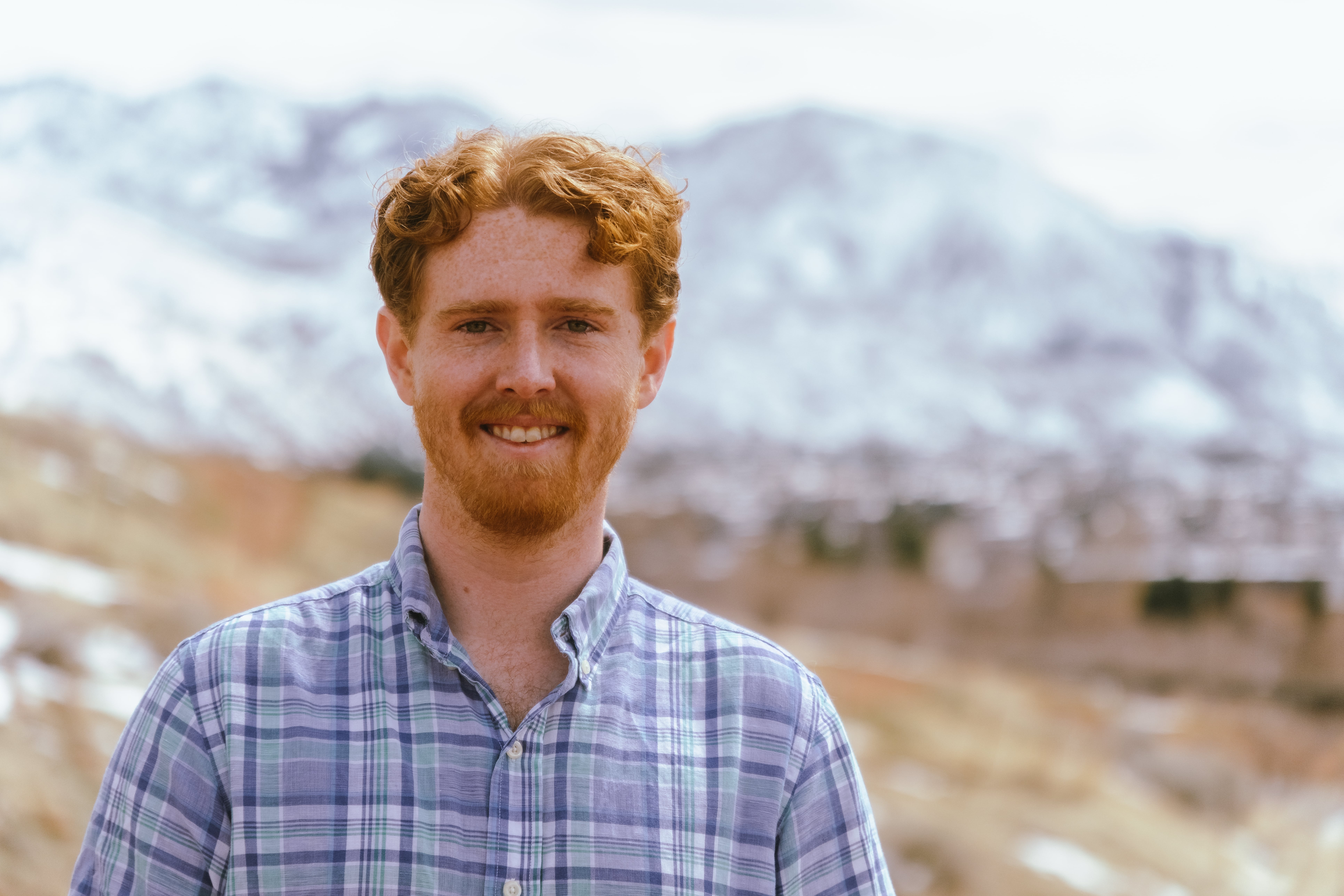
Robert "Danny" Magruder
PhD Student, Movement Bioengineering Laboratory
rd.magruder@utah.edu
Bio: Danny earned his B.S. in Electrical Engineering from the University of Portland before pursuing an M.S. in Biomedical Engineering at Carnegie Mellon University. During his graduate studies, he focused on neuromuscular control and rehabilitation in stroke patients. His research included analyzing EEG responses to various balance perturbations and conducting a clinical study on improving upper limb function through paired stimulations. Now, as a researcher in the Movement Bioengineering Lab, Danny is developing smartphone-based gait and fall risk assessments to enhance mobility monitoring and injury prevention.
Outside the lab, he enjoys playing soccer, skiing, and following the Premier League.
Research: My research focuses on developing quantitative assessments for gait and fall risk through the lens of movement biomechanics. By integrating multiple gait abnormalities into a comprehensive framework, my work aims to provide a more unified approach to evaluating mobility impairments. I am leveraging biomechanical modeling and data-driven methods to enhance the prediction of functional decline in at-risk populations. By refining assessment tools, I hope to bridge the gap between clinical evaluation and real-world movement analysis, ultimately improving early intervention strategies and personalized rehabilitation approaches.
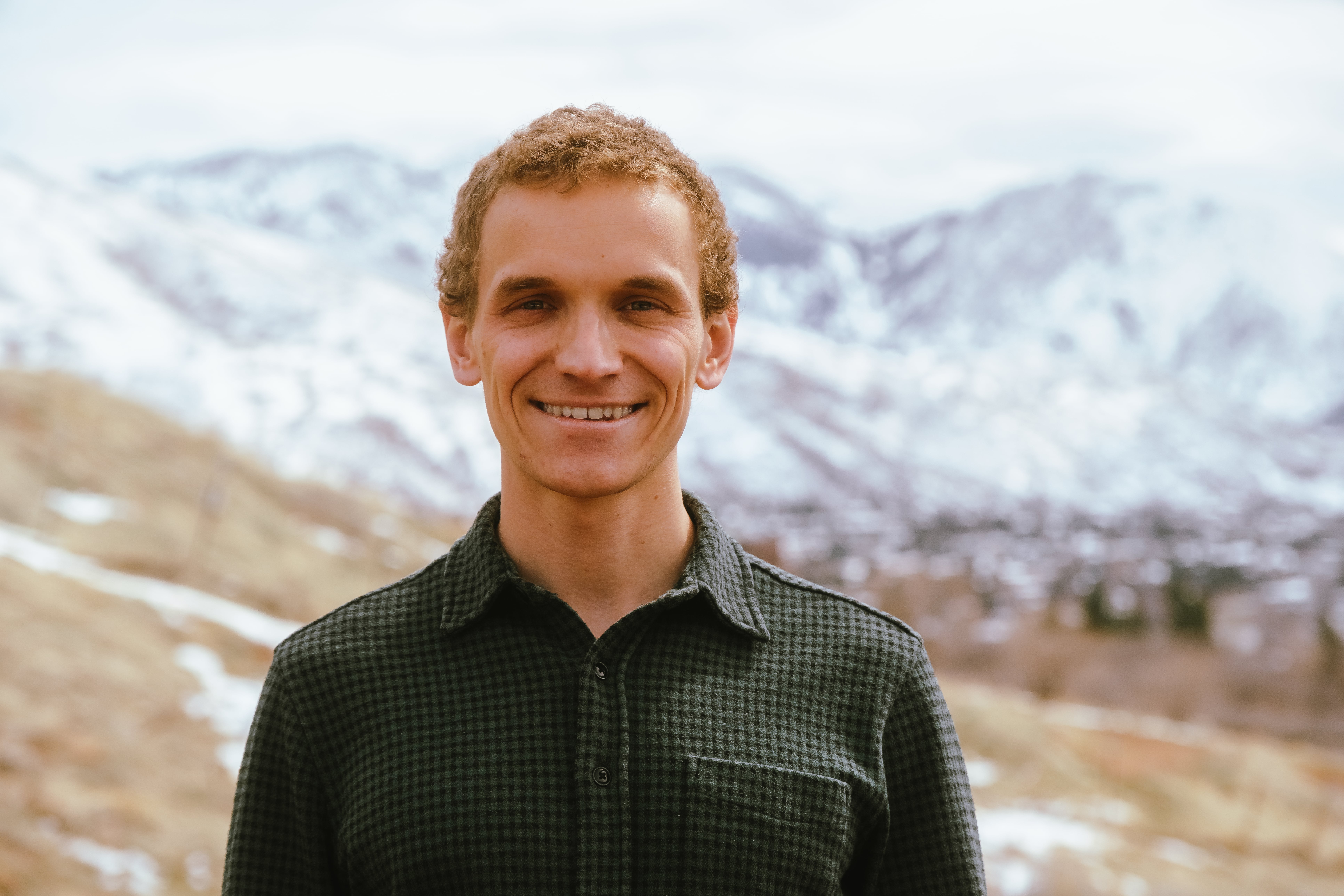
Selim Gilon
PhD Student, Movement Bioengineering Laboratory
selim.gilon@utah.edu
Bio: Selim received his BS in data science/knowledge engineering/AI from Maastricht University, in the Netherlands. He then completed his machine learning MS at the University of Montreal and the Montreal Institute of Learning Algorithms (MILA), founded by Yoshua Bengio. During his master’s studies, Selim focused on applied computer vision to solve real-life problems across various fields, including autonomous driving and sports science. Currently, as a PhD student in the Movement Bioengineering Laboratory at the University of Utah, Selim is working on cutting-edge research in biomechanics and human movement analysis. His work leverages deep learning techniques and computer vision to democratize the access to biomechanics. Outside of research, Selim enjoys staying active, participating in different sport events, and exploring the outdoors.
Research: My research focuses on developing advanced computational tools to analyze and enhance human movement, particularly in athletic and clinical contexts. I integrate machine learning, computer vision, and biomechanical modeling to create scalable solutions for understanding movement patterns and improve people's health. For example, I am currently contributing to projects that use video-based motion capture to assess movement mechanics.
By bridging the gap between theoretical deep learning models and practical applications, my work aims to make high-quality biomechanical analysis accessible to a broader audience, both in research and real-world settings.
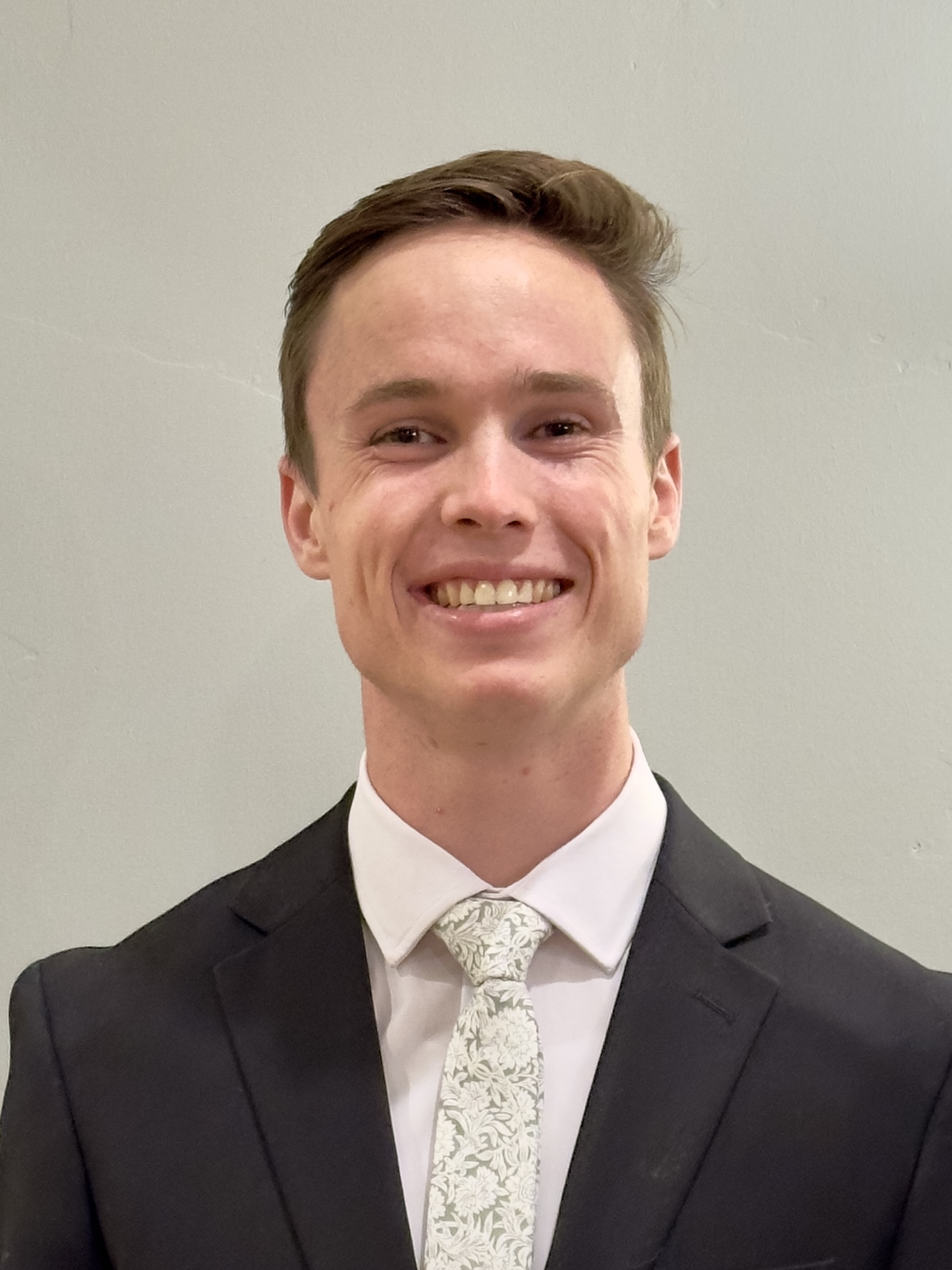
Alex Edwards
PhD Student, Movement Bioengineering Laboratory
alex.edwardsn@utah.edu
Bio: Alex earned his B.S. in Mechanical Engineering from Brigham Young University. During his undergraduate studies, he researched how tremorgenic neural drive effects its corresponding tremulous joint displacements. Now part of the Movement Bioengineering Lab, Alex is designing an at home data collection motion capture study tracking disease progression for patients with facioscapulohumeral muscular dystrophy. Outside the lab, Alex enjoys trail running, rock climbing, and ultimate frisbee.
Research: My research aims to develop novel tools and methods to track disease progression in biomechanically related conditions. I hope to leverage machine learning, motion capture, and physics engines to build tools that will assist medical providers to personalize treatment plans both in and out of the clinic. Ultimately, my goal is to bridge the gap between computational models and real-world clinical decision-making to enhance patient outcomes.
Master's Students
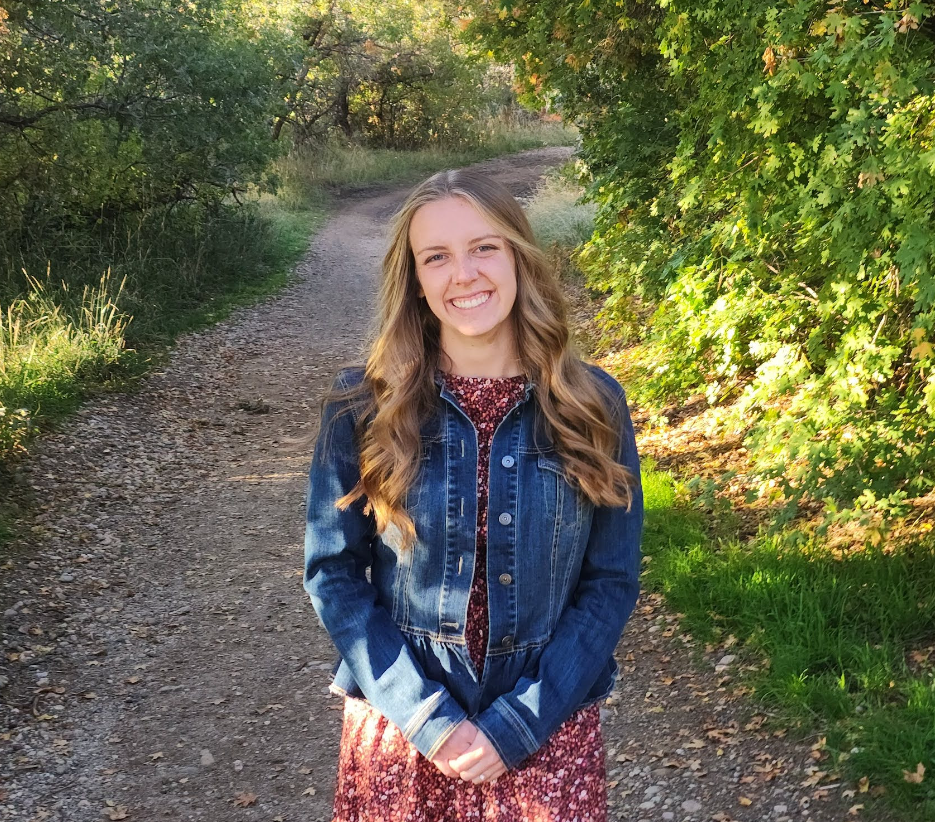
Samantha Nelson McNeill
Master Student, Movement Bioengineering Laboratory
samantha.McNeill@utah.edu
Bio: Samantha earned her BS in Mechanical Engineering from Brigham Young University. As an undergraduate, she conducted research on wrist biomechanics with applications to tremor analysis. Outside of research, she enjoys swimming, reading, and spending time with her family.
Research: I am developing tools to improve motor recovery and mobility in individuals with neuromuscular impairments following stroke. My work integrates motion capture and musculoskeletal modeling to enable real-time biofeedback for upper-limb movement. This approach aims to provide individuals with high-quality, personalized feedback during rehabilitation—both in clinical settings and at home—to enhance motor learning and support functional recovery.
